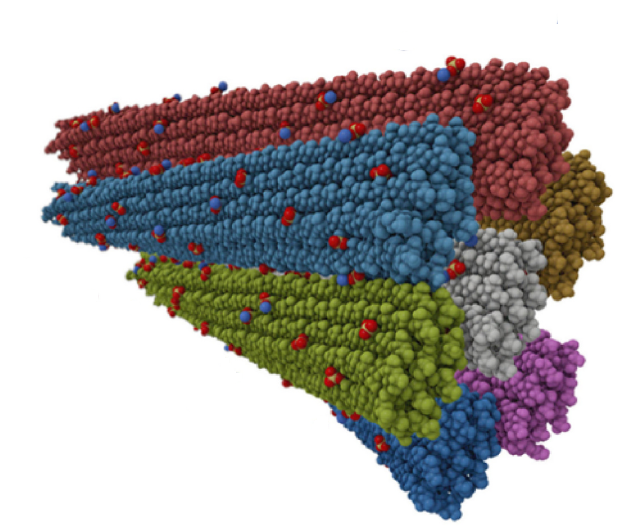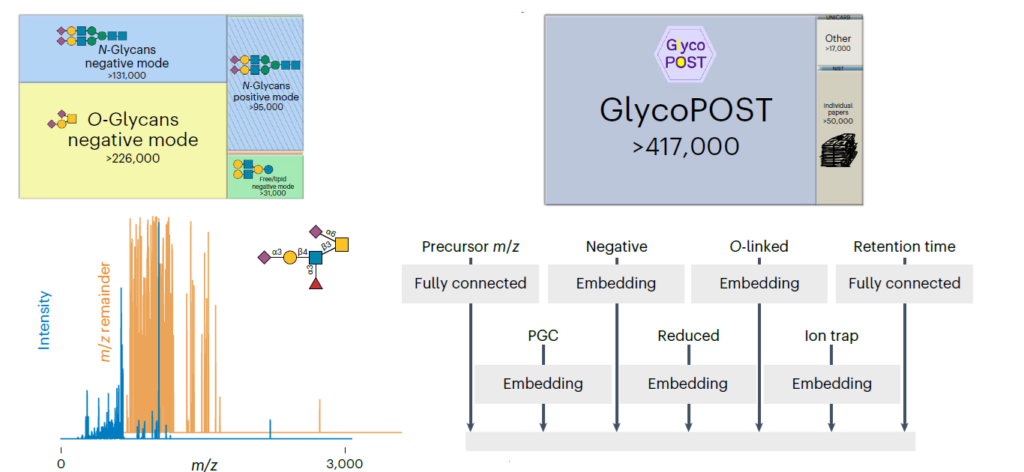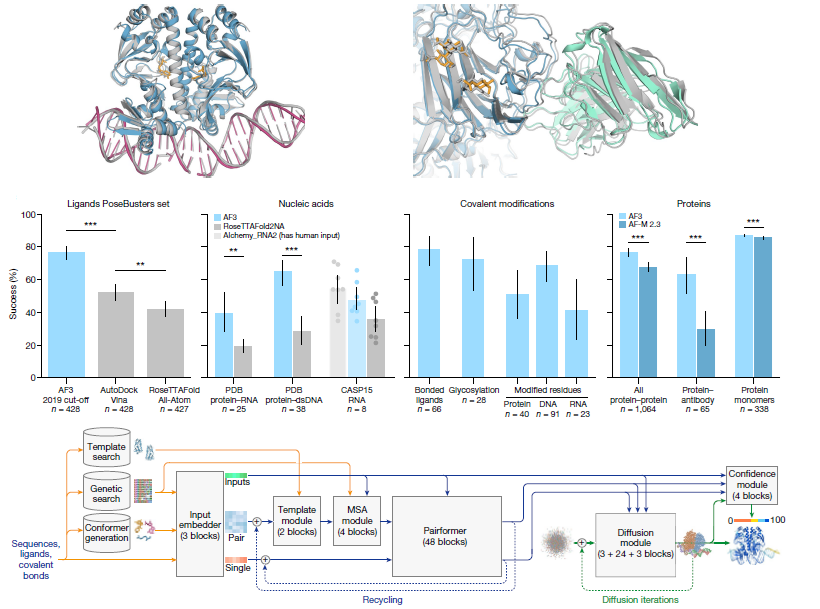Progress in understanding the origins of life is enhanced when models and their predictions are clearly understood and explicitly stated. Two different models can be used to explain the origin of biopolymers during the origin of life. RNA results from inherent chemical reactivities of prebiotic chemical species in one model, which has been pursued for nearly 50 years. RNA invented evolution. This model allows for the prediction that if the conditions of the ancient Earth are sufficiently constrained, chemists will discover the direct synthetic pathways that produced RNA.
A fundamentally different, more recent model proposes that RNA and other biopolymers result from prolonged, creative, selection-driven changes that occurred during chemical evolution, overlapping with early biological evolution. Evolution invented RNA. In this evolutionary model, intrinsic chemical reactivities are not necessarily relevant to the origin of life and do not predict biosynthesis. These two fundamentally different models guide the design of very different experimental approaches to test their underlying assumptions. It is currently undetermined which model, or a hybrid of the two, is closer to reality.





